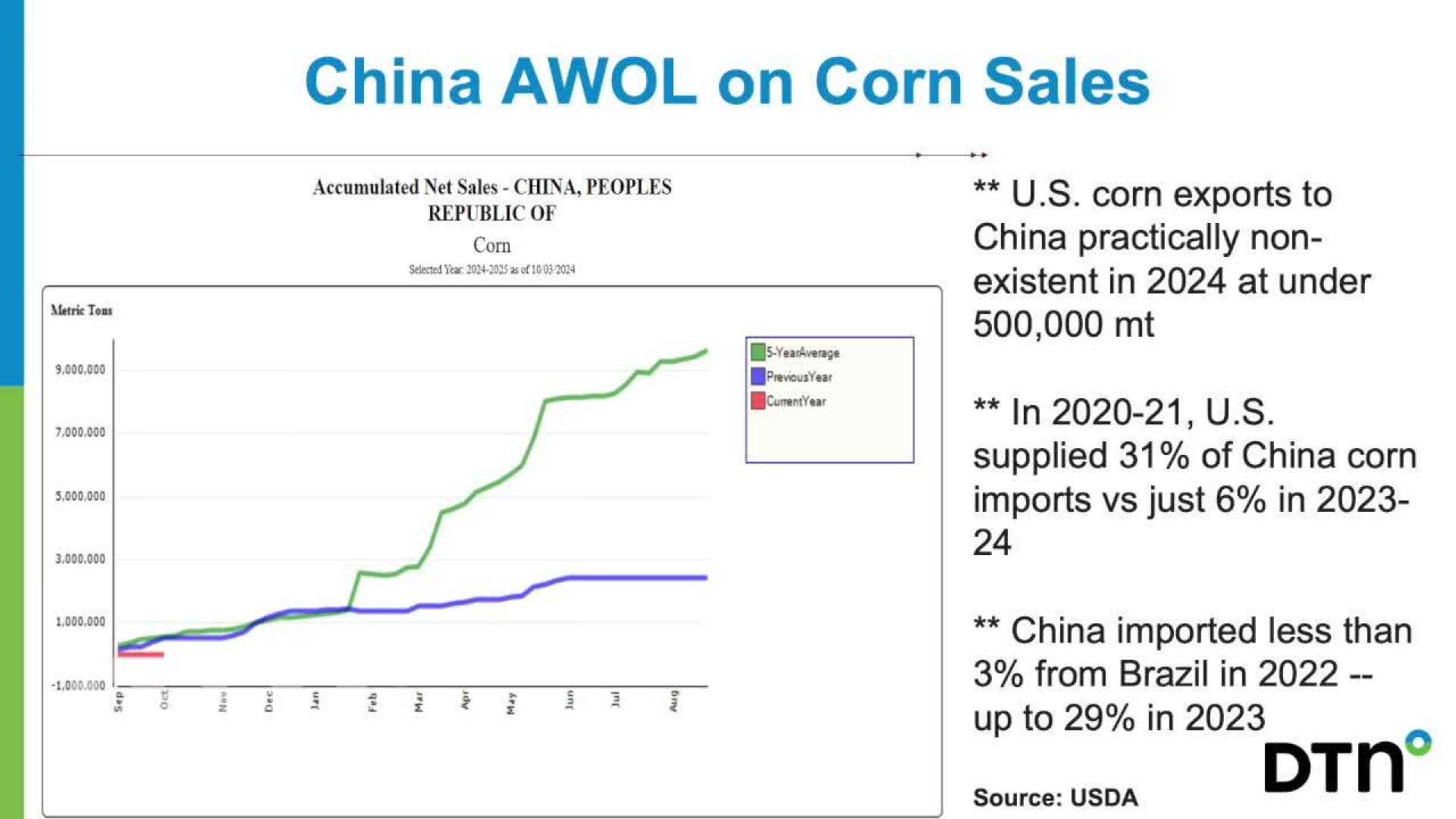News
Midwest Awaits Weather Pattern Change Amid Drought Concerns

Farmers across the Midwest are experiencing the impacts of ongoing drought conditions, with some hope on the horizon for changes in weather patterns that could bring much-needed relief. The Midwest has been in the grip of drought, as evidenced by the report from the United States Department of Agriculture National Agricultural Statistics Service (USDA NASS) showing significant subsoil moisture deficits in several states.
Current conditions show a troubling lack of subsoil moisture, with over 30% rated as short across key farming states such as Minnesota, Michigan, Iowa, Illinois, Indiana, and Missouri. Iowa and Illinois are particularly affected, with 45% of subsoil moisture categorized as short. This situation, while aiding in a faster corn and soybean harvest, poses risks as winter approaches, requiring more moisture to prepare the soil adequately.
Teresa Wells, a DTN meteorologist, highlighted the challenging conditions observed firsthand during her time in the family farm in southwest Minnesota. “Our farm is amid moderate to severe drought,” Wells noted, pointing out the large cracks in the soil and a shortfall of more than 4 inches of precipitation over the past 60 days.
The potential relief could come from a shift in the upper-air weather pattern expected towards the end of October into early November. According to Wells, “Upper-air troughs could become more frequent across the western U.S., potentially bringing storm systems and precipitation into the Corn Belt.” This change coincides with developments in the Madden Julian Oscillation, a weather phenomenon that can influence U.S. weather patterns as it moves east across the tropics.
While the prospects of rain could alleviate the situation, the U.S. Drought Monitor indicates a growing concern as pockets of moderate and severe drought are expanding, particularly in western Iowa, the Dakotas, western Minnesota, and eastern Nebraska. Long-range models do hint at some bands of precipitation, but it remains uncertain how much relief will come to these critically dry areas.
Farmers like those in Wells’ family are adjusting their agricultural practices to cope. For instance, they are considering more shallow tillage to conserve whatever subsoil moisture is present. Although dry conditions have facilitated the harvest, the hope for more rain persists. “With subsoil moisture being as short as it is, we’re considering more shallow tillage so we can keep as much subsoil moisture as possible,” Wells explained.












